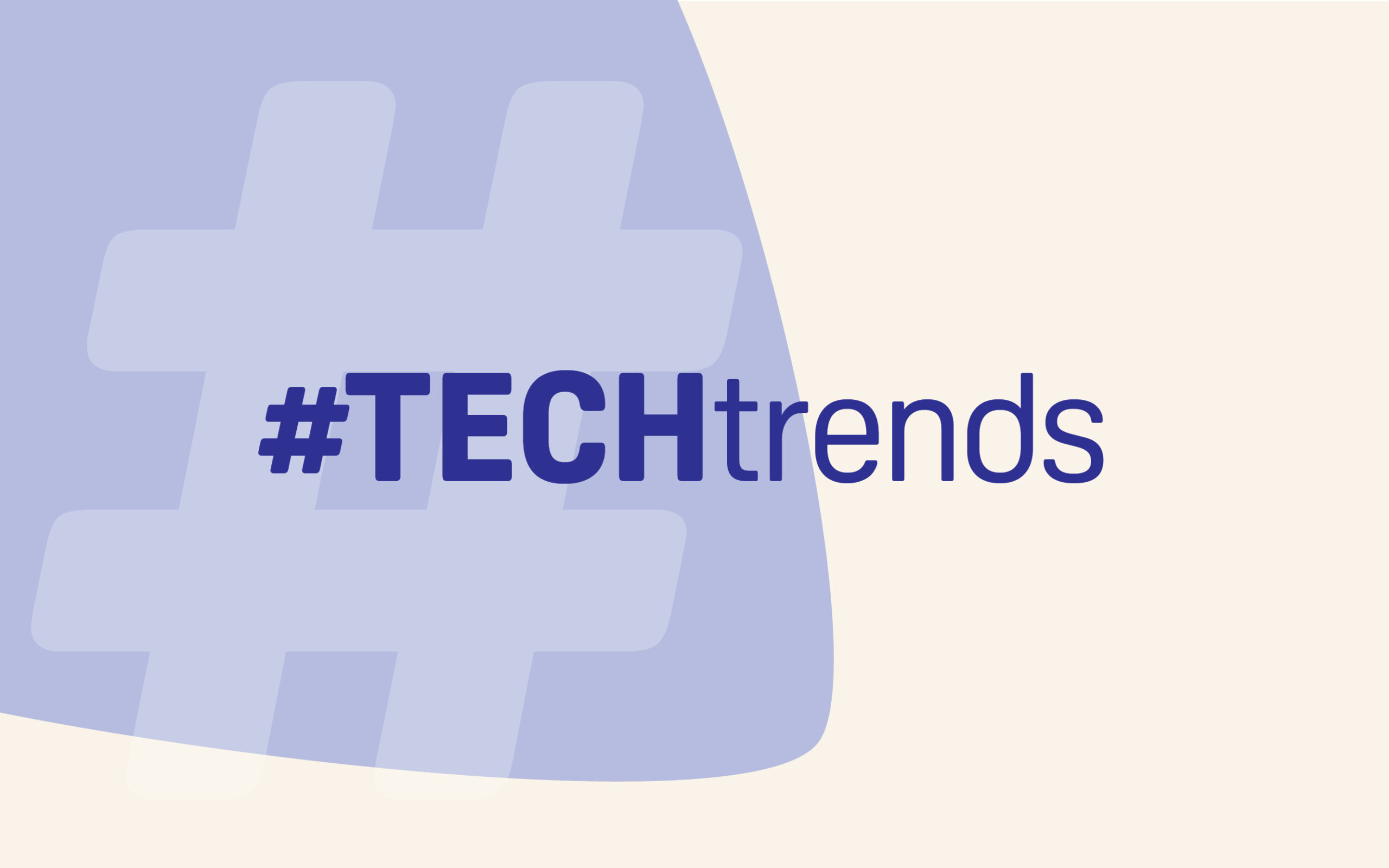
People around the globe experience many barriers to accessing education. At the primary and secondary levels, common factors include shortages of trained teachers, schools and learning materials, exclusion of children with disabilities, being the wrong gender, or even living too far from school. At the tertiary level, lack of capacity — in terms of too few brick-and-mortar facilities and, more importantly, acute shortages of properly qualified faculty — lead to problems of access.
While issues with physical infrastructure and materials may be addressed by throwing money at the picture, the shortage of properly trained individuals cannot be solved overnight. It takes huge investment, meticulous planning and immense foresight to draw up a plan to overcome this barrier. Then, the plan must be pursued for the proper duration to ensure that the desired results are obtained. While China, according to the BBC, was setting up the equivalent of one university per week in 2016, most other countries are not even close to addressing the capacity issue, especially in the face of burgeoning populations.
Technology-mediated education holds the promise of overcoming this particularly insidious hurdle. eLearning has become commonplace, and conventional face-to-face universities are introducing more and more offerings in this format. Top-tier institutions have even shared their content freely in the form of massive open online courses, or MOOCs. In developed countries, the Internet is now ubiquitous, and learners can easily access the collective knowledge of all humankind that resides in the cloud. In the case of developing countries, however, widespread Internet access and reasonable broadband speeds are still something for the future. Optical fibre networks, public wifi and easy access to computers are still uncommon.
One particular tool making tremendous inroads even in the remotest corners of the globe is cellular technology. Smartphones offer full computer functionality, which can easily be harnessed for the delivery of education. Almost all online content is accessible through these amazing devices. This technology presents an invaluable opportunity for the developing world to leapfrog and catch up with the developed world.
The missing ingredients that could leverage this technology and help overcome many of the barriers to access listed earlier are quality content and learner support. Content could be culled from open and freely available university courses or assembled using open educational resources (OER). However, the real game changer would be robotic tutors based on artificial intelligence (AI) that could provide learner support as well as perform assessments. These robotic tutors could easily be scaled up and provide automated services to thousands of learners.
The potent combination of smartphones, OER and AI could easily prove to be the magic formula for tackling the problem of access to education, especially in the developing world.
The same combination also holds the promise of providing a solution to the requirements of lifelong learning, which is rapidly becoming the next access problem!


